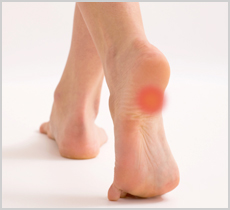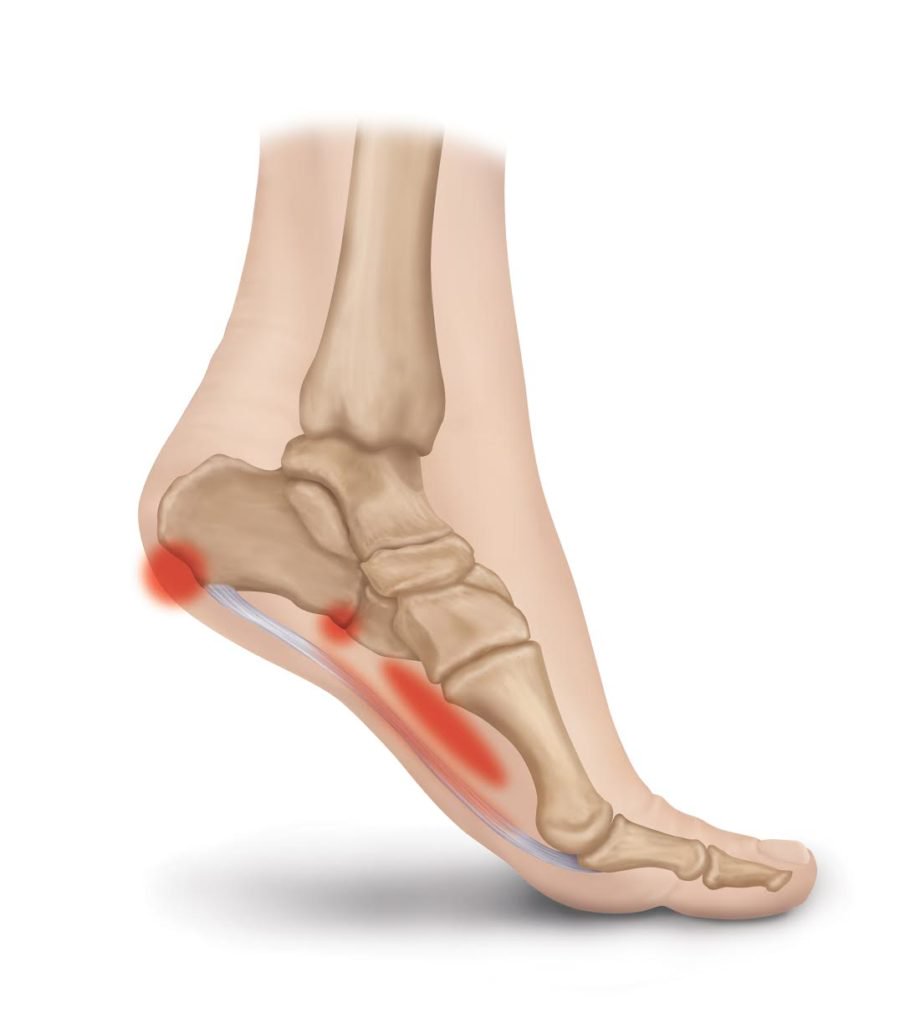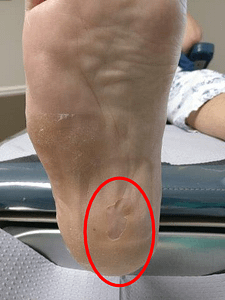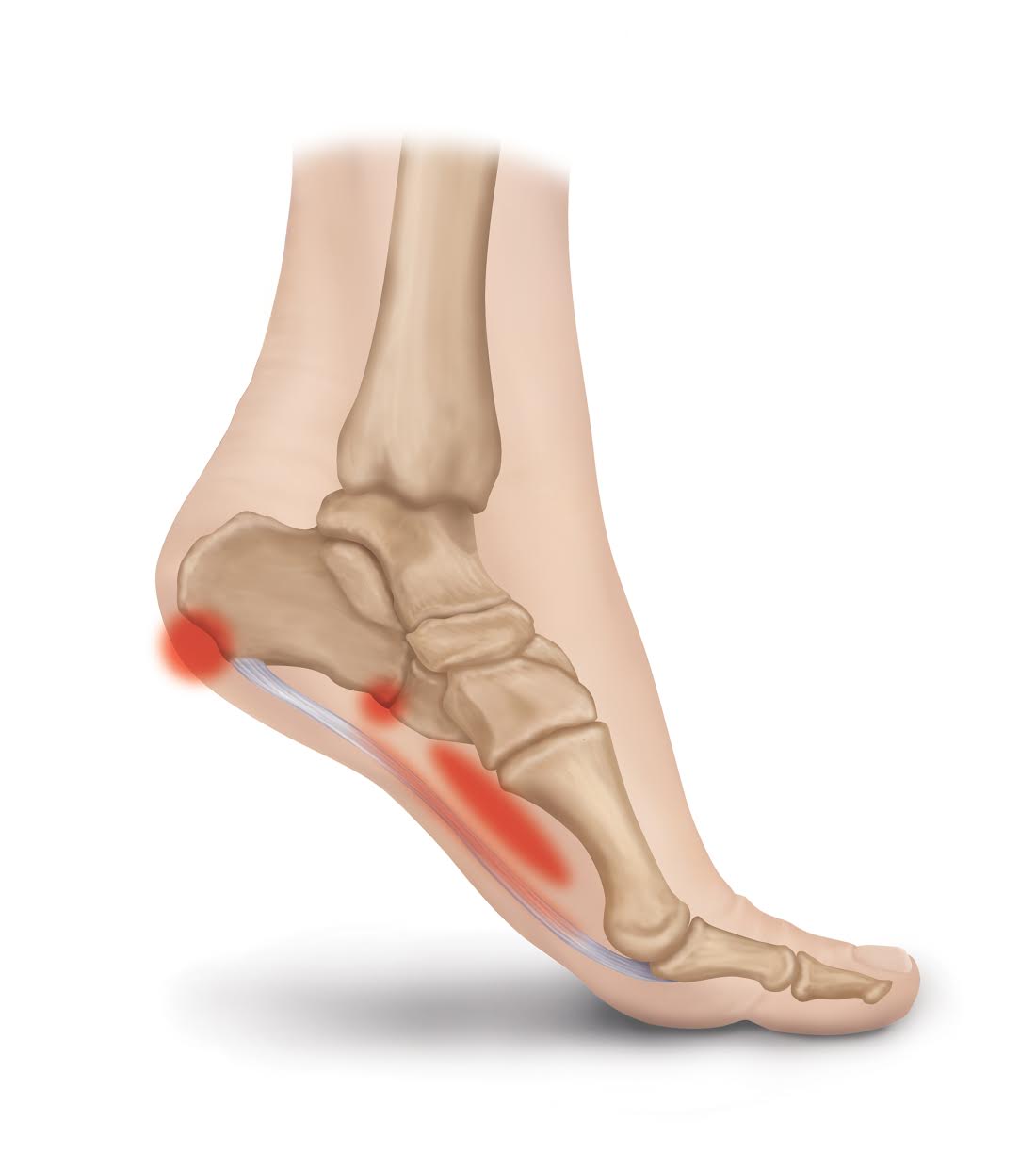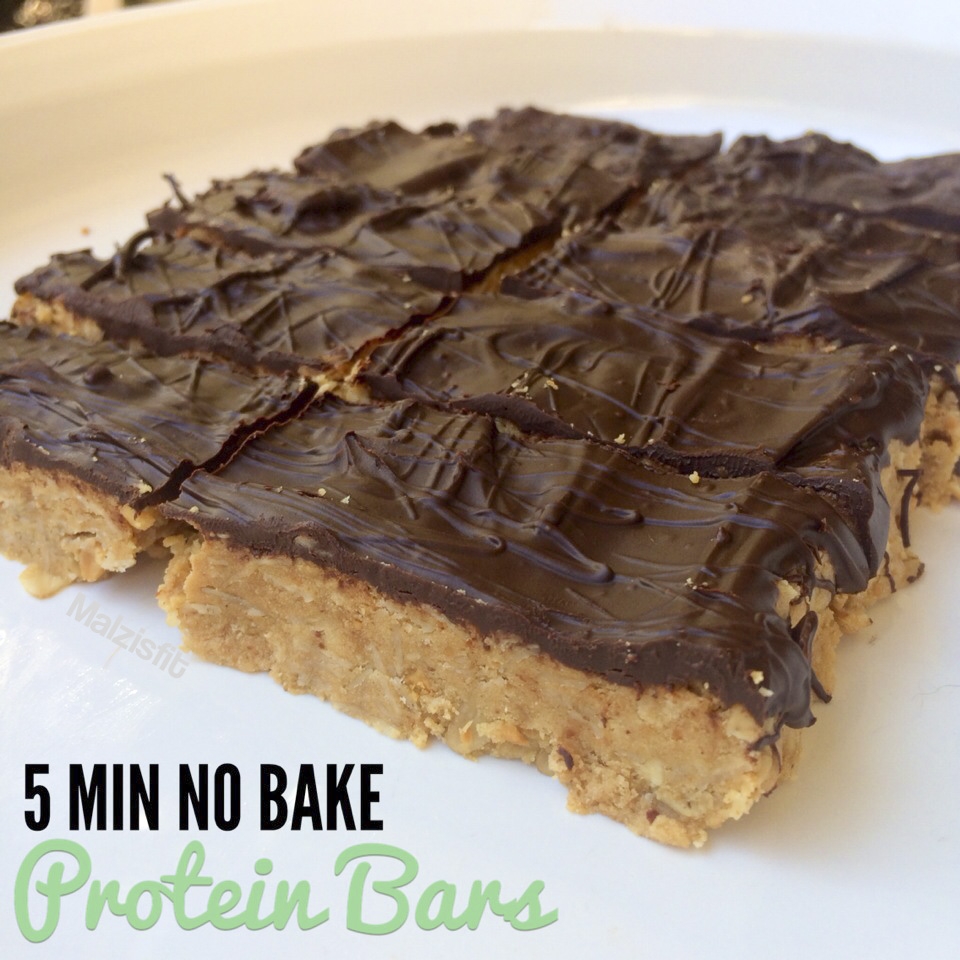Rest as much as possible. This can be effective but tends to be painful.
 What Are The Causes And Home Remedies For Heel Pain Medlife Blog Health And Wellness Tips
What Are The Causes And Home Remedies For Heel Pain Medlife Blog Health And Wellness Tips
Applying ice to the heel in a cold compress is one the best ways to relieve heel pain naturally.
What to do for a sore heel. Wear wide comfortable shoes with a low heel and soft sole. Shoe insoles can help alleviate sore heels. There are a number of exercises for heel pain that can address this condition including actively stretching the plantar fascia tissue especially in the morning when it is at its tightest.
The skin may appear purple or blue depending upon the severity of your sore. Inflammation behind the heel may be relieved with ice compression and a change of footwear. Place an ice pack or bag of frozen peas on your heel for 15 to 20 minutes three times a day.
It does a great job doing what it is supposed to do. Causes of heel pain also include. This is a condition involving inflammation of the tissue along the bottom of the foot.
No pressure should be applied to your feet where the pressure sore is so as to aid in healing the skin. Furthermore ice is effective in reducing pain associated with foot tendonitis plantar fasciitis and a bone spur. Extracorporeal shock wave therapy in which external shock waves are directed to the inflamed areas of.
Symptoms of Pressure Sores Pressure sores occur in the part of the body that are always or. Achilles pads tortoise and heel grip pads may offer temporary relief. Apply a cold compress Apply a cold compress to the injured area for 1020 minutes at a time to help dull the pain.
Try regular gentle stretching exercises. For heel pain that isnt severe try the following. Massaging a sore muscle without the cold sensation can be very painful and render it useless to you if really sore.
Put an ice pack or bag of frozen peas in a towel on your heel for up to 20 minutes every 2 to 3 hours. This growth plate is subject to pulling and tension from the tendon which can lead to a painful heel. Wear a night splint a special device.
Work with your doctor or other health care professional for an. One of the most common causes of heel pain is plantar fasciitis. It is located at the back of the heel bone near where the Achilles tendon attaches.
Plantar fasciitis often causes feet to hurt in the morning. Take over-the-counter pain medications. Alternating between wearing high heeled shoes and flats can stress the tendons in the feet and cause sore heels that may also become swollen.
Fill a bathtub with hot water and 2 tbsp of vinegar. Apply ice to the heel for 10 to 15 minutes twice a day. A shot of cortisone to reduce the inflammation.
Do rest and raise your heel when you can. Wrap a bandage around your heel and ankle to support it. Resting icing stretching and wearing supportive footwear are commons ways in which you can treat or prevent a heel problems.
This also reduces inflammation and. For more serious heel pain more aggressive measures can be taken. Causes shown here are commonly associated with this symptom.
The calcaneus also known as the heel bone has an area where bone growth occurs known as an apophysis. The cold temperature has a numbing effect that controls pain and inflammation. If you develop heel pain you can try these methods at home to ease your discomfort.
Soak your heel in it for approximately 25 minutes. The most common causes of heel pain are plantar fasciitis bottom of the heel and Achilles tendinitis back of the heel. Vinegar is utilized in a variety of treatments and can aid with foot pain that is a result of sprains or pulls as it helps to cut down on inflammation of the heel.
If possible avoid activities that put stress on your heels such as running standing for long periods or walking on hard surfaces. Wear shoes that fit properly. Use soft insoles or heel pads in your shoes.
Main downside is that it does not stay cold as long as the premium metal ball.
